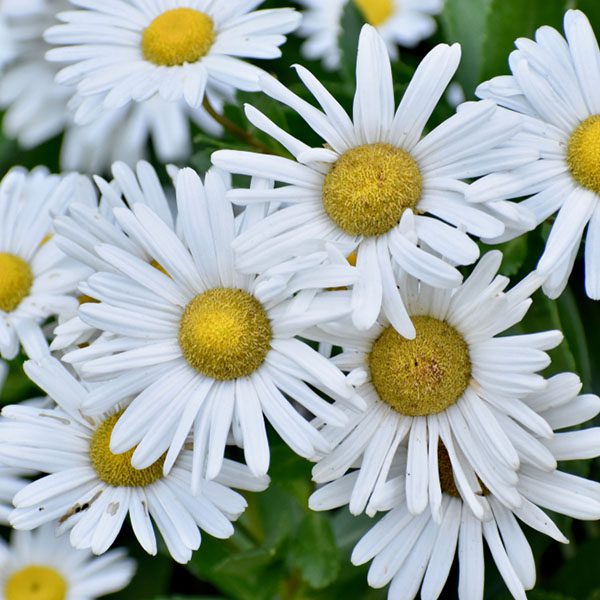Pollinator gardens do more than beautify your yard; they also support local ecosystems and increase flowers, fruits, and vegetables in your landscape. With the right plants, habitat, and care, you can create a welcoming space for bees, butterflies, hummingbirds, and more.
The Role of Pollinators in the Ecosystem
Pollinators like bees, butterflies, and hummingbirds are vital to garden health. As they feed on nectar, they help plants reproduce, resulting in more blooms and better fruit production. By creating a pollinator garden, you enjoy nature’s beauty and a thriving landscape.

Hummingbird Enjoying Bleeding Hearts

Butterfly Landing on Lavender

A mix of flowers and leafy plants ensures pollinators will visit your garden regularly.
Planning Your Pollinator Garden
A thoughtful layout supports pollinators from early spring to fall.
Choose the Right Spot
Select a sunny, well-drained area that’s easy to maintain. Most importantly, pollinators prefer warm spaces with water and shelter nearby.
Plant for Season-Long Blooms
To provide continuous food, include plants that bloom at different times—early bloomers like crocus and late-season asters.
Prepare the Soil
Before planting, test soil pH and amend with compost to promote healthy roots and blooms.
Maintain with Care
Water regularly, mulch to keep moisture, and control weeds so your garden stays pollinator-friendly.
Shelter & Water Sources
Pollinators need more than flowers—safe resting places and clean water are essential.
Offer Shelter
Butterfly houses and insect hotels give pollinators a place to nest. In turn, this supports better fruit and flower production.
Add a Water Source
For example, place a shallow saucer with pebbles and keep it moist. Butterflies “puddle” for minerals here. Alternatively, leave out overripe fruit slices as treats.

Coneflower

Butterfly Weed

Black Eyed Susans
Choosing Pollinator-Friendly Plants
The right plants will attract a diverse mix of pollinators and keep your garden buzzing all season long.
Go Native
Native plants thrive locally and support bees, butterflies, and hummingbirds. Some favorites include coneflowers, butterfly weed, and black-eyed Susans.

Columbine

Yarrow

Sedum
Stagger Bloom Times
To ensure continuous blooms, choose a variety of plants that flower at different times:
- Spring: Crocus, columbine, lupine
- Summer: Zinnias, bee balm, yarrow
- Fall: Asters, goldenrod, sedum
By planning ahead, you’ll support pollinatos all season long.

Salvia

Montauk Daisies

Daylily
Vary Flower Shapes & Colors
Different pollinators are attracted to different blooms. For example:
- Tubular flowers like salvia attract hummingbirds
- Flat, open blooms like daisies are great for butterflies
- Bees prefer blue, white, and yellow flowers that are easy to access
Aa a result, a mix of shapes, sizes, and colors ensures your garden appeals to a wide range of beneficial visitors.
Fun fact: Long Island hosts thousands of pollinator species, including 150+ butterflies, 700+ moths, 450+ birds, 400+ bees, and 7 bat species.
Looking for Inspiration?
Visit our in-store Bird & Butterfly Pollinator Garden for ideas! Better yet, add these easy-care plants to your garden for a lively, colorful landscape.
With the right plants and care, you’ll be amazed at how many pollinators you attract!
Additional Resources:
